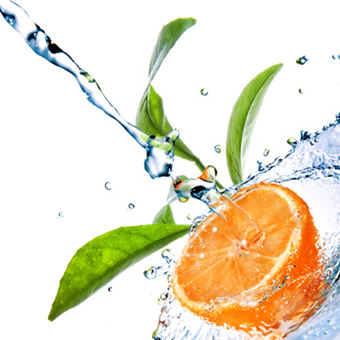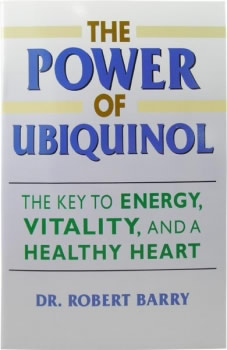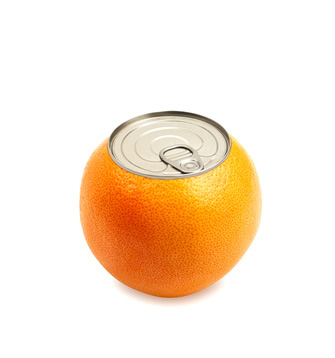An organic, glucose-like substance that facilitates the transmission of serotonin and other neurotransmitters. It is part of the membranes of all cells, and plays a role in helping the liver process fats as well as contributing to the function of muscles and nerves. Inositol crosses the blood-brain barrier in pharmacological doses.
Food Sources
Inositol is naturally present in foods like unprocessed whole grains, wheat germ, brewer’s yeast, fruits, beans, raisins, grains, nuts, brown rice, and liver.
Benefits
Cerebrospinal fluid inositol has been reported as reduced in depression. In 1978, Barkai showed depressed patients had important reduced CSF levels of inositol as compared to healthy people. Later this finding was expanded to conclude that administration of high-doseinositol could increase CSF levels by as much as 70%. In one study conducted in Israel, demonstrated that individuals who were being treated for bipolar depression with Lithium were found to have up to an 80 percent reduction in normal Inositol levels. Clinical trials have reported that inositol is effectual in relieving symptoms of depression.
A double-blind study of 12 g daily of inositol in 28 depressed people for 4 weeks was conducted. Positive effect for inositol compared to placebo group was found at week four on the Hamilton Depression Scale. In a study 13 people with obsessive compulsive disorder completed a double-blind controlled crossover trial of 18 g inositol or placebo for 6 weeks each. Inositol significantly decreased scores of obsessive compulsive disorder symptoms compared with placebo.
Inositol Dosage
In clinical trials, inositol dosages of up to 18 grams daily have been tried for different problems. For obsessive-compulsive disorder (OCD); 18 g per day. For panic disorder; 12 to 18 g per day. It is taken in divided doses, 2 to 4 times a day.
Side Effects
Inositol supplements taken in high amount can cause nausea and vomiting. Also, inositol supplements may cause contractions in pregnant women.
 action of each other. Daily dose; 2000-6000 mg.
action of each other. Daily dose; 2000-6000 mg. Ubiquinol is a powerful antioxidant used to support optimum cardiovascular and nervous system health. Ubiquinol rates have been shown to be suppressed in older people and those with cardiovascular, liver, neurological, and diabetes related diseases. This substance is used usually to avoid or treat cardiovascular diseases such as high blood pressure, congestive heart failure, cardiomyopathy, mitral valve prolapse, and angina.
Ubiquinol is a powerful antioxidant used to support optimum cardiovascular and nervous system health. Ubiquinol rates have been shown to be suppressed in older people and those with cardiovascular, liver, neurological, and diabetes related diseases. This substance is used usually to avoid or treat cardiovascular diseases such as high blood pressure, congestive heart failure, cardiomyopathy, mitral valve prolapse, and angina. In two-month, double-blind, placebo-controlled study of 120 patients with recurrent hemorrhoid flare-ups found that therapy with combined hesperidin and diosmin significantly reduced the frequency and severity of hemorrhoid attacks. In a twelve-week trial of 50 pregnant women suffering acute hemorrhoids, micronized hesperidin/diosmin treatment was reported to be a effective and safe therapy. Of the participants , 66% obtained relief from acute hemorrhoid symptoms within 4 days, and noteworthy fewer patients experienced a relapse of symptoms during the post-birth period. In another study, this combination was found to compare favorably with surgical treatment of hemorrhoids.
In two-month, double-blind, placebo-controlled study of 120 patients with recurrent hemorrhoid flare-ups found that therapy with combined hesperidin and diosmin significantly reduced the frequency and severity of hemorrhoid attacks. In a twelve-week trial of 50 pregnant women suffering acute hemorrhoids, micronized hesperidin/diosmin treatment was reported to be a effective and safe therapy. Of the participants , 66% obtained relief from acute hemorrhoid symptoms within 4 days, and noteworthy fewer patients experienced a relapse of symptoms during the post-birth period. In another study, this combination was found to compare favorably with surgical treatment of hemorrhoids.